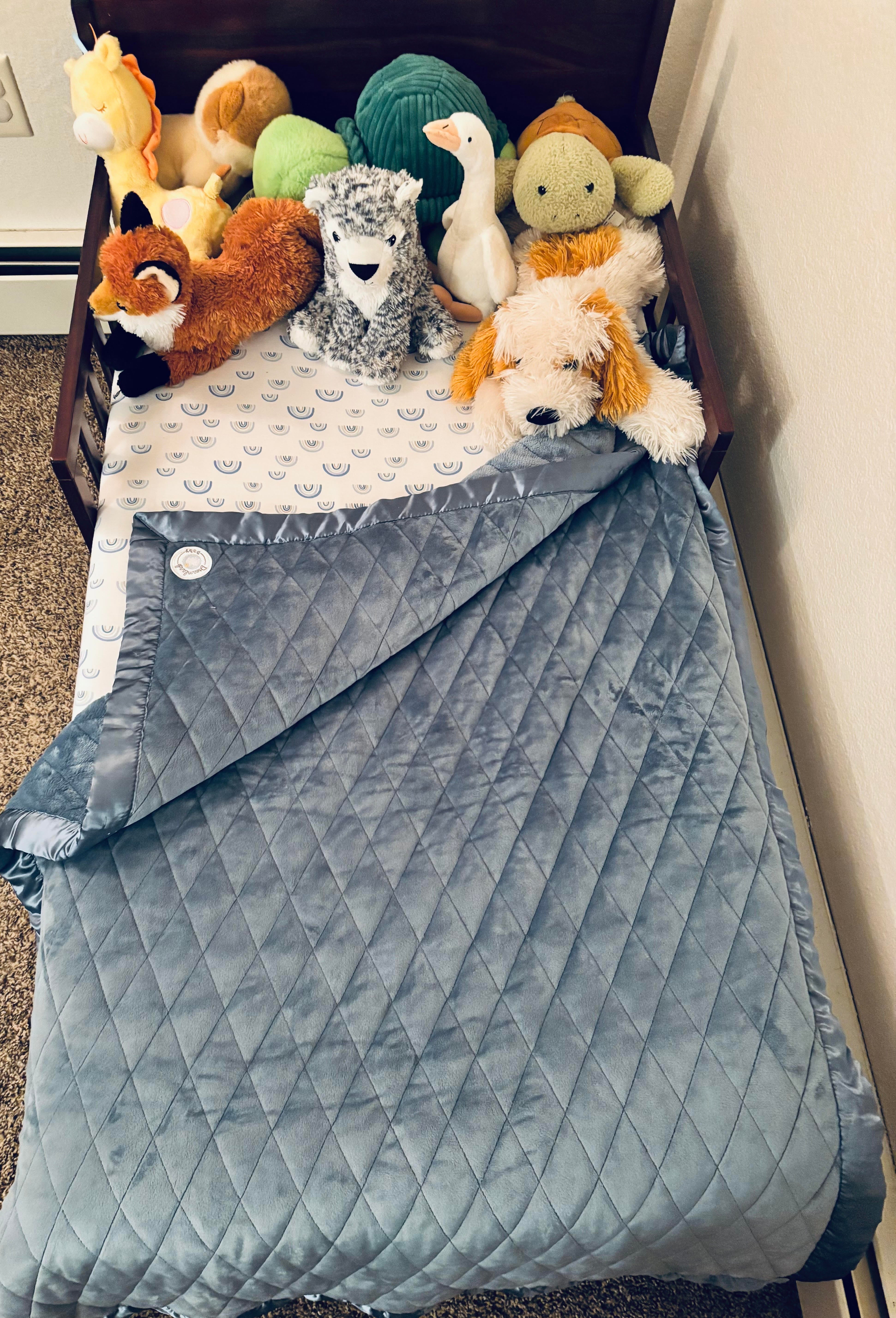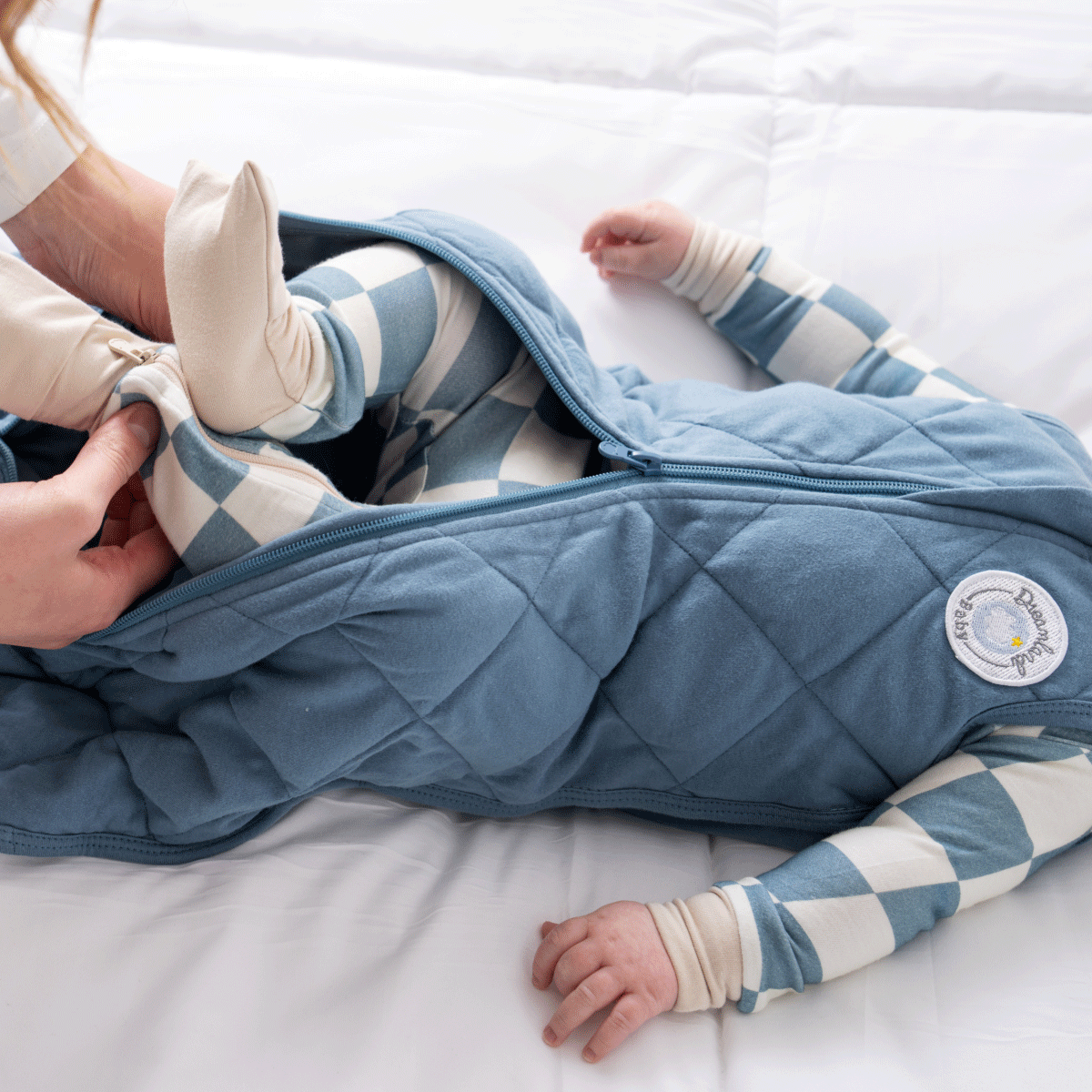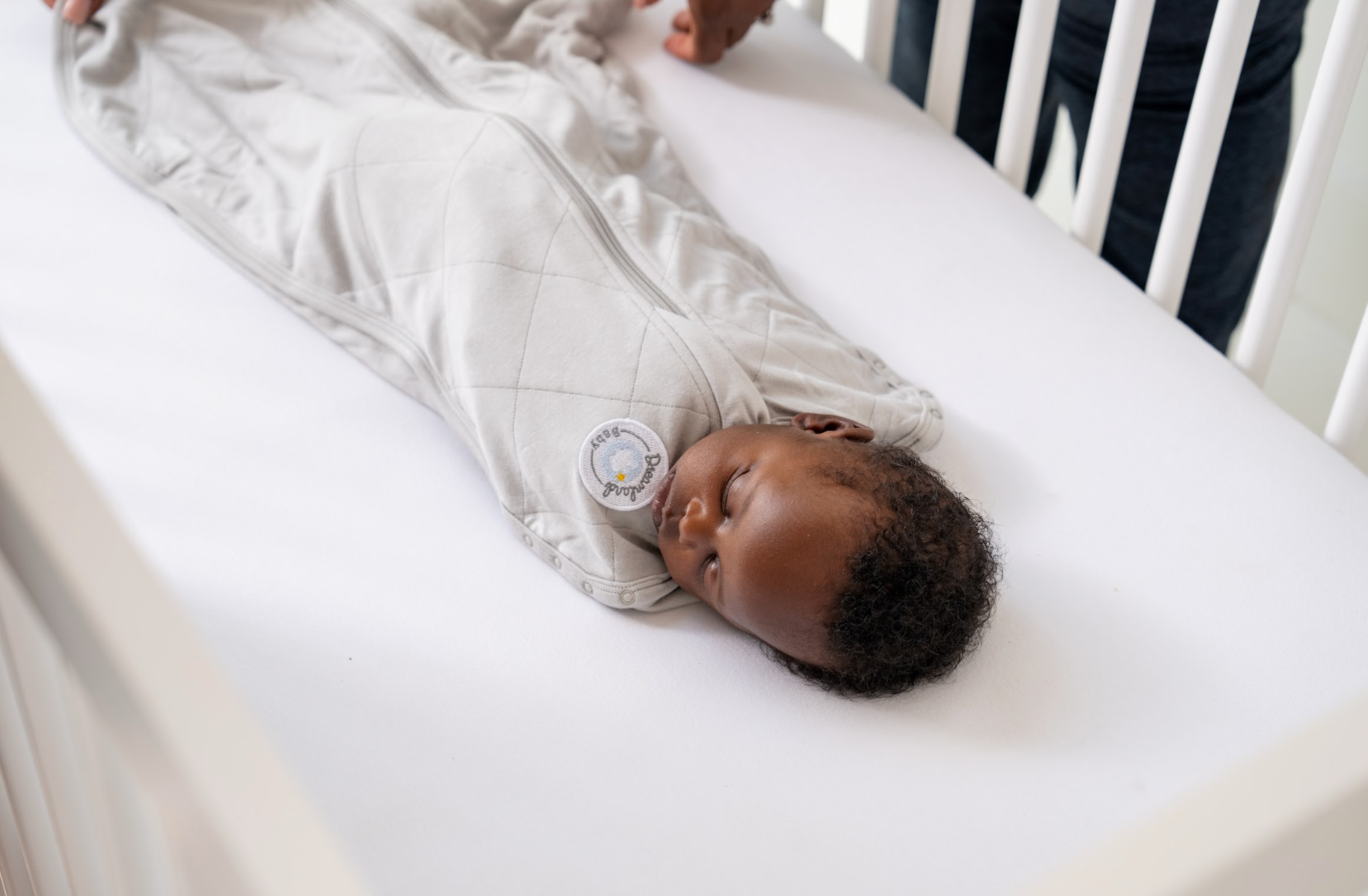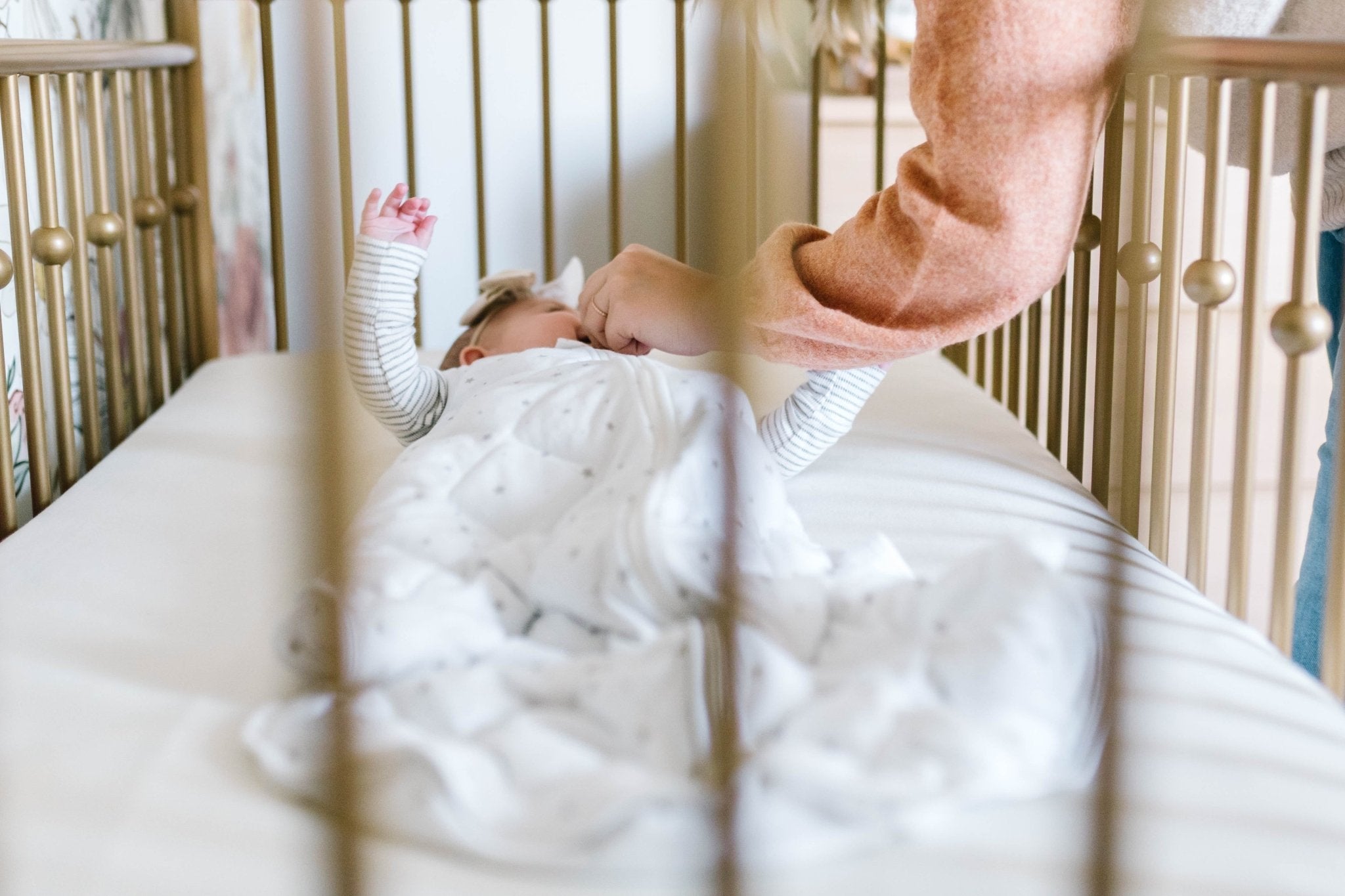Dreamland Baby Blog
- All
- 4 MONTH SLEEP REGRESSION
- 4th month sleep regression
- autism awareness
- baby product
- BABY SLEEP REGRESSION
- bedtime
- BEDTIME ROUTINE IN INFANT
- books
- Comotomo Baby
- dreamland baby
- dreamland swaddle
- Dyper
- Giveaway
- home_blog
- Lulla Doll
- most_popular
- NEWBORN SLEEP
- Pediped
- related_post
- Simply Magnetic Me
- SLEEP EXPERT
- SLEEP HELP
- SLEEP TRAINING
- sleep window
- Summer
- weighted blanket






